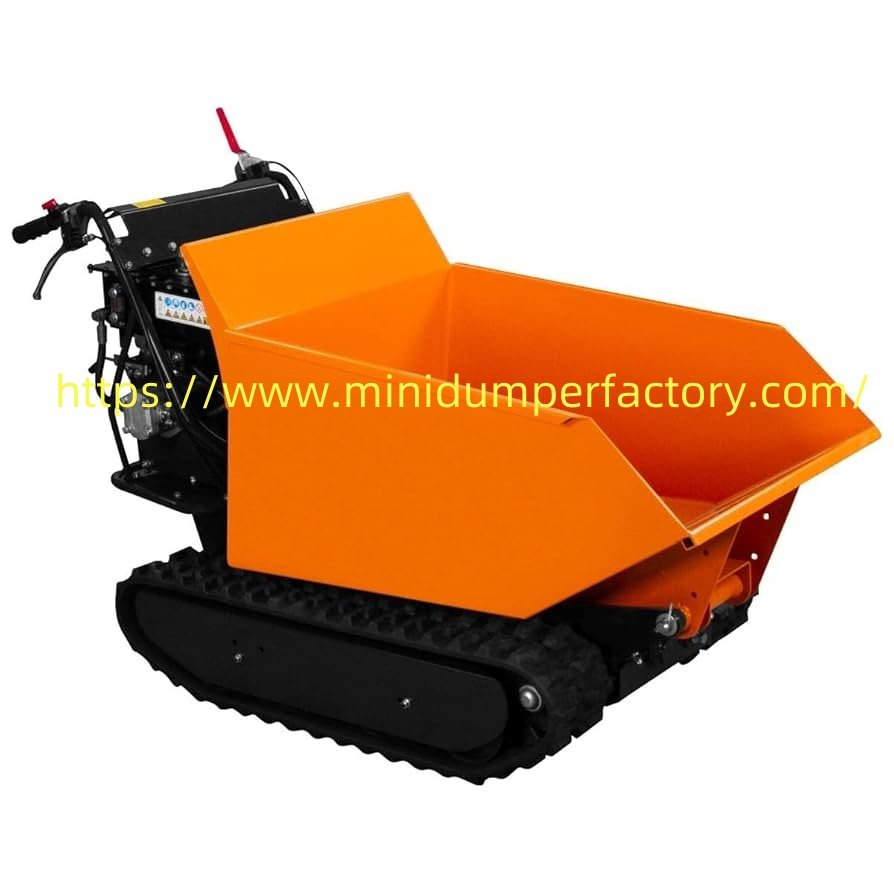key Steps To Become Exceptional And Focused In a Working Environment

Here are key steps to become exceptional and focused in a working environment, with practical examples for each point:
1. Set Clear Goals
-
Key Point: Define what success looks like in your role—short-term and long-term.
-
Example: A sales executive sets a monthly target to increase client retention by 20%.
2. Master Time Management
-
Key Point: Prioritize high-impact tasks and use tools like calendars or task managers.
-
Example: Use the Eisenhower Matrix to delegate or defer less urgent work and focus on critical tasks first.
3. Eliminate Distractions
-
Key Point: Minimize interruptions to maintain deep focus.
-
Example: Turn off email notifications and use a "Do Not Disturb" mode during key working hours.
4. Communicate Effectively
-
Key Point: Clear, respectful communication builds trust and prevents misunderstandings.
-
Example: A team lead holds weekly 15-minute standups to align team goals and tasks.
5. Take Initiative
-
Key Point: Don’t wait to be told—proactively find ways to add value.
-
Example: An IT staff member notices a slow internal process and creates a tool to automate it.
6. Invest in Continuous Learning
-
Key Point: Staying updated improves competence and relevance.
-
Example: Attend a short course or webinar every quarter related to your industry.
7. Seek and Use Feedback
-
Key Point: Constructive feedback reveals blind spots and growth areas.
-
Example: After a project presentation, an employee asks, “What could I improve for next time?”
8. Maintain a Positive and Professional Attitude
-
Key Point: Attitude influences how you handle challenges and interact with others.
-
Example: Stay calm and solution-oriented when facing criticism or tight deadlines.
9. Build Strong Work Relationships
-
Key Point: Collaboration leads to shared success.
-
Example: Offer help to a colleague struggling with a project even if it's outside your direct responsibility.
10. Track Progress and Reflect
-
Key Point: Regularly assess what’s working and what’s not.
-
Example: Use a journal or a weekly review to reflect on accomplishments and plan improvements.






